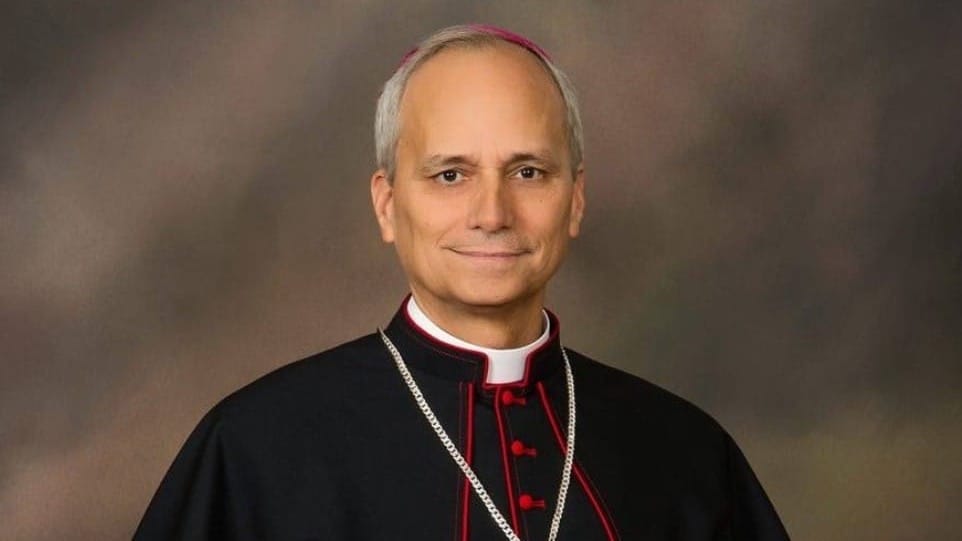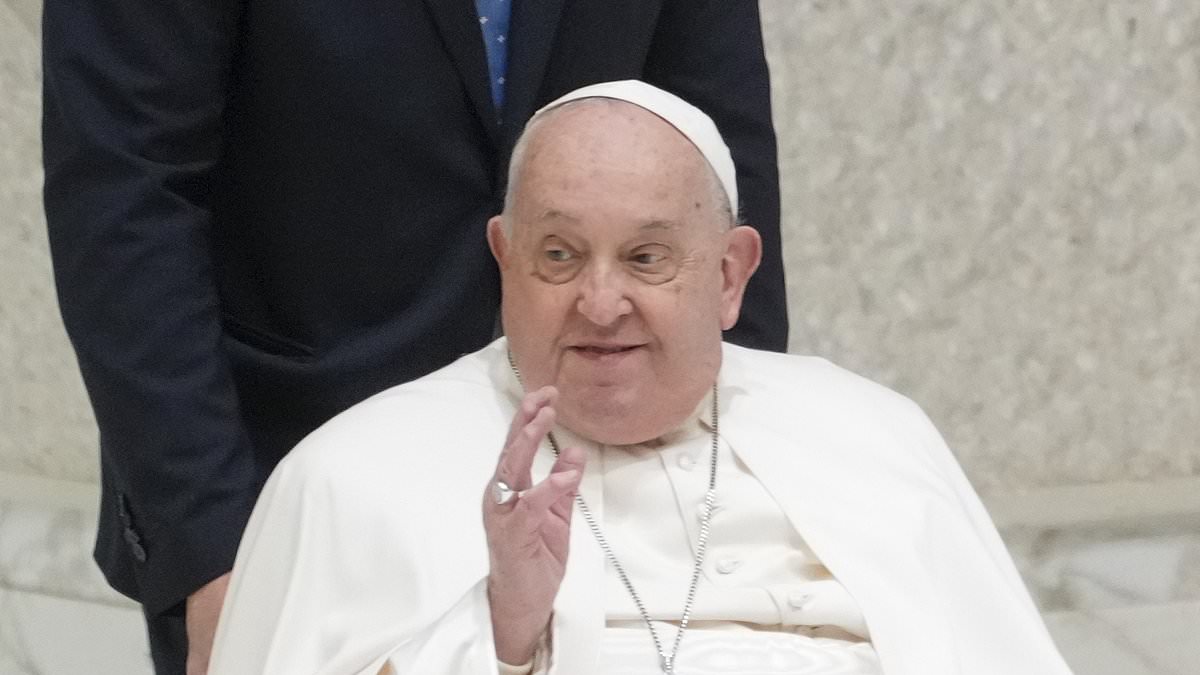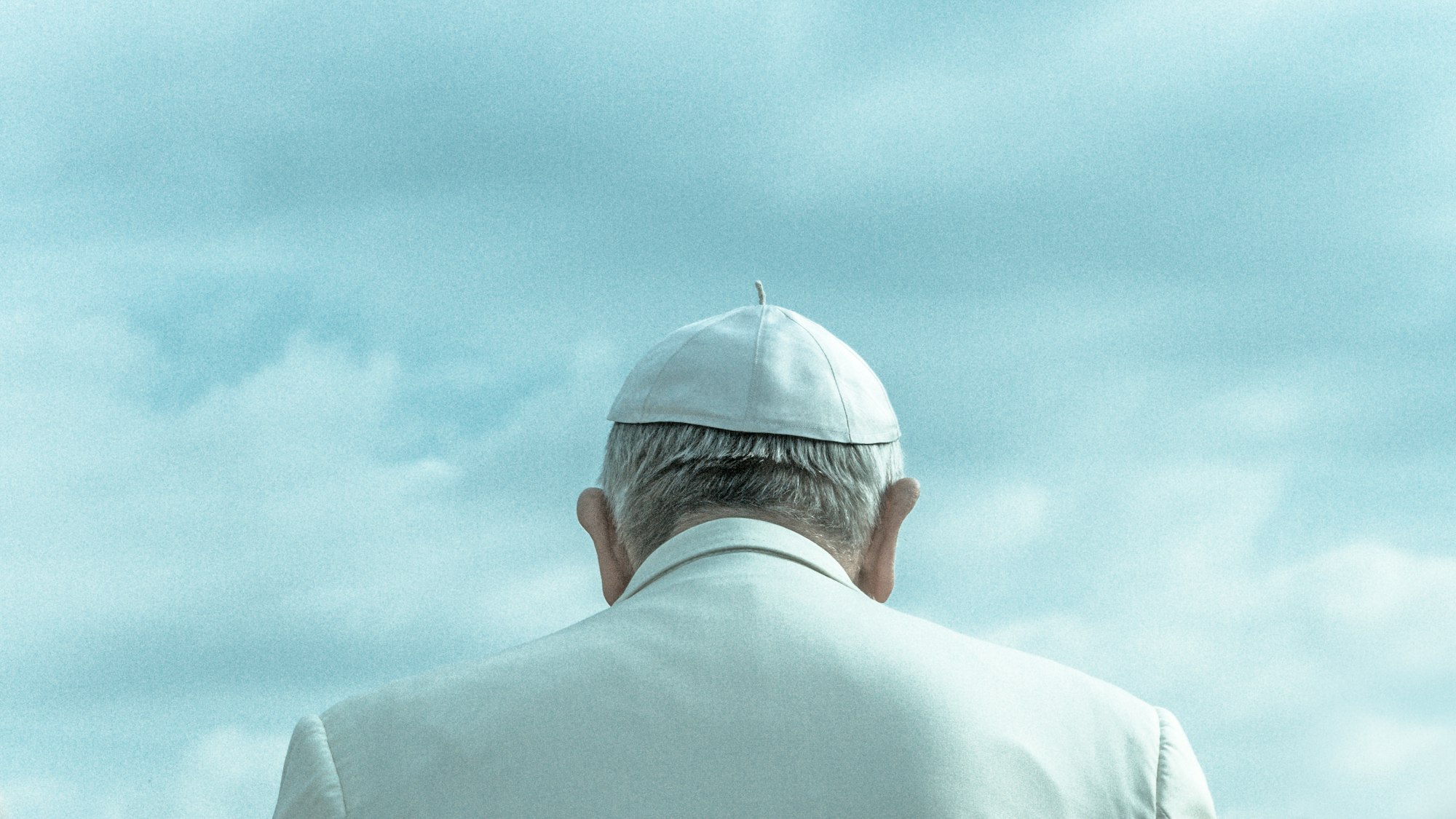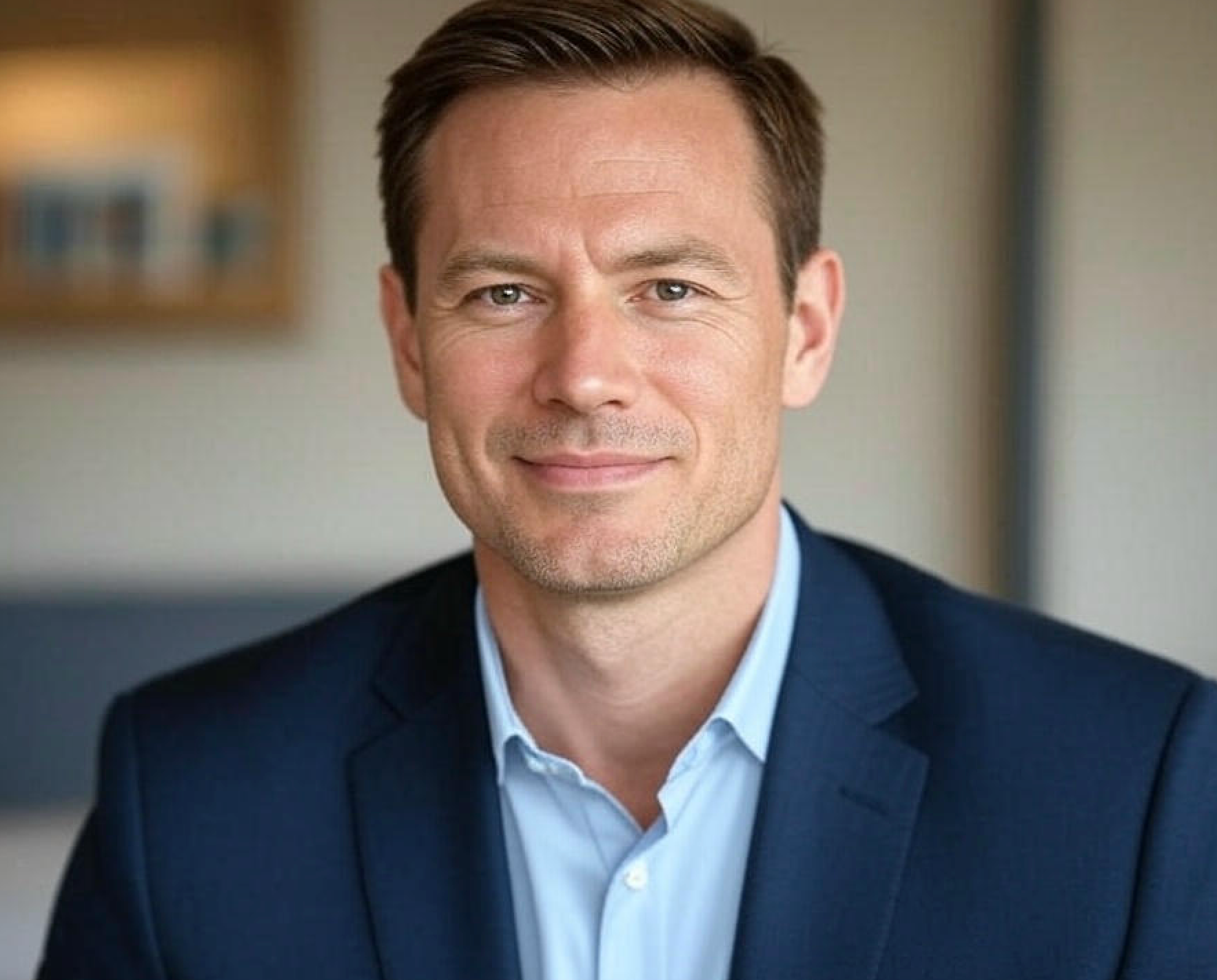Pope Leo XIV: A New Era for the Catholic Church
Pope Leo XIV, the first American pontiff, was elected on May 8, 2025, succeeding Pope Francis. Born in Chicago with Peruvian roots, Cardinal Prevost’s papacy promises to blend compassion, reform, and global unity for the Catholic Church’s 1.4 billion faithful.

On May 8, 2025, white smoke billowed from the Sistine Chapel’s chimney, signaling the election of Cardinal Robert Francis Prevost as Pope Leo XIV, the 267th pope and the first American to lead the Roman Catholic Church. His election marks a pivotal moment for the Vatican, bridging the progressive legacy of Pope Francis with a pragmatic approach to governance. With 1.4 billion Catholics worldwide, the eyes of the faithful are on Pope Leo XIV as he navigates a Church at a crossroads, balancing inclusivity, tradition, and global challenges.
Who Is Pope Leo XIV?
Born on April 12, 1965, in Chicago, Illinois, Robert Francis Prevost is the son of French, Italian, and Spanish immigrants with Peruvian citizenship through his mother’s lineage. Raised in a devout Catholic family, Prevost’s early life was shaped by community service and faith. He joined the Augustinian order in 1987, taking his vows in 1990, and was ordained a priest in 1992. His pastoral work in Peru’s impoverished regions earned him a reputation for humility and dedication to the marginalized.
Prevost’s rise in the Church was swift yet grounded. Appointed Bishop of Chiclayo, Peru, in 2014, he became known for advocating for indigenous communities and environmental stewardship. In 2023, Pope Francis elevated him to cardinal, recognizing his leadership in the Dicastery for Bishops. His multicultural background and pastoral experience positioned him as a unifying figure in the conclave of 2025.
The Conclave of 2025: A Strategic Election
Following Pope Francis’s death on April 21, 2025, the College of Cardinals convened on May 7 to elect his successor. The conclave, attended by 133 voting cardinals—108 appointed by Francis—faced a divided Church. Progressives sought to preserve Francis’s inclusive reforms, while traditionalists pushed for a return to doctrinal rigor. After four ballots, Prevost emerged as a compromise candidate, blending Francis’s compassion with a reputation for administrative pragmatism.
Posts on X captured the global excitement: “Habemus Papam! Cardinal Prevost will Rule as Leo XIV,” one user declared, noting the celebration in St. Peter’s Square. His election as an American with Peruvian roots was seen as a nod to the Global South, where Catholicism is growing rapidly, while addressing Western concerns about Church relevance.
Pope Leo XIV’s Vision for the Church
In his first address from the balcony of St. Peter’s Basilica, Pope Leo XIV called for “a Church that listens, heals, and unites.” His priorities reflect a continuation of Francis’s emphasis on social justice, climate action, and inclusivity, tempered by a focus on internal Church governance. Key areas of his papacy include:
- Social Justice and Migration: Leo XIV has pledged to advocate for migrants and the poor, echoing Francis’s teachings. His Peruvian experience informs his commitment to marginalized communities.
- Environmental Stewardship: Building on Laudato Si’, he aims to strengthen the Church’s role in combating climate change, a pressing issue for the Global South.
- Clerical Abuse Reforms: Prevost’s tenure in the Dicastery for Bishops involved vetting candidates to prevent abuse cover-ups. He has promised “zero tolerance” policies to restore trust.
- Women’s Roles: While maintaining traditional doctrine, Leo XIV supports expanding women’s leadership in Vatican administration, a move praised by progressives.
The new Pope, Leo XIV, born in Chicago, of French, Italian and Spanish blood, having the Peruvian nationality, will keep the most revolutionary reforms of late Pope Francis' pontificate, appointing women to influential positions and defending migrants.
— 🔥Harry Potter Resists Fascism🔥 (@HarryPotterMAGE) May 8, 2025
Everything trump hates ! pic.twitter.com/RsLXZs8X7V
Challenges Ahead: Navigating a Divided Church
Pope Leo XIV inherits a Church polarized by ideology and geography. Traditionalists, particularly in the West, criticize Francis’s reforms as diluting doctrine, while progressives demand bolder steps on issues like women’s ordination and LGBTQ+ inclusion. His U.S. background may draw scrutiny from those wary of American cultural influence, while his Peruvian heritage aligns him with the Global South’s growing Catholic population.
Geopolitical tensions also loom. Leo XIV must address the Church’s role in conflicts like those in Ukraine and Gaza, where Francis was a vocal advocate for peace. His ability to balance diplomacy with moral clarity will be tested, especially as global leaders watch the Vatican’s influence.
The Symbolism of the Name Leo XIV
By choosing the name Leo, Prevost honors Pope Leo XIII, who championed social justice and modernized the Church in the 19th century. The name also evokes strength and leadership, signaling his intent to guide the Church with resolve. As the 14th pope to bear this name, Leo XIV represents continuity and renewal, a bridge between Francis’s revolutionary spirit and the Church’s ancient traditions.
Global Reactions to Pope Leo XIV’s Election
The election of an American pope sparked widespread reactions. In the U.S., Catholics celebrated a historic milestone, with President Donald Trump noting on Truth Social, “A great day for the Church!” Latin American Catholics, particularly in Peru, hailed Prevost as “one of us,” reflecting pride in his heritage. On X, users praised his commitment to Francis’s legacy, with one stating, “Pope Leo XIV will stand for climate action and social justice.”
European leaders, including French President Emmanuel Macron, expressed hope that Leo XIV would continue Francis’s message of compassion. In contrast, some conservative factions voiced concerns about his progressive leanings, particularly on women’s roles and migration.

Pope Leo XIV and the Legacy of Pope Francis
Pope Francis’s 12-year papacy reshaped the Church through humility, environmental advocacy, and outreach to the marginalized. Leo XIV, mentored by Francis’s reforms, is poised to build on this foundation. His appointment of women to Vatican roles and focus on synodality—a collaborative approach to Church governance—reflect Francis’s influence. However, Leo XIV’s administrative experience suggests a more structured approach to implementing these reforms.
Francis’s death on Easter Monday 2025 left a profound spiritual imprint, and Leo XIV’s election just weeks later underscores the Church’s resilience. As one Vatican analyst noted, “Leo XIV is Francis’s heir, but with his own vision for a unified Church.”

SEO-Optimized Features of Pope Leo XIV’s Papacy
For those searching for insights into Pope Leo XIV’s leadership, his papacy offers a compelling narrative of faith, reform, and global impact. Keywords like “first American pope,” “Pope Leo XIV reforms,” and “Catholic Church future” dominate discussions on platforms like X. His multicultural identity resonates with diverse audiences, making his papacy a focal point for Catholic news and analysis.
By addressing trending topics—climate change, migration, and Church transparency—Leo XIV’s agenda aligns with global concerns, ensuring his papacy remains relevant in search engine queries. This article, optimized with targeted keywords and structured headings, aims to rank highly for searches related to “Pope Leo XIV” and “new pope 2025.”
Conclusion: A Pope for a New Era
Pope Leo XIV’s election ushers in a new chapter for the Catholic Church. As the first American pope with Peruvian roots, he embodies the Church’s global diversity. His commitment to social justice, environmental care, and Church reform positions him to lead with compassion and pragmatism. As the faithful gather in St. Peter’s Square and beyond, Pope Leo XIV stands as a beacon of hope, ready to guide 1.4 billion Catholics into an uncertain but promising future.
Related Articles:







Discussion